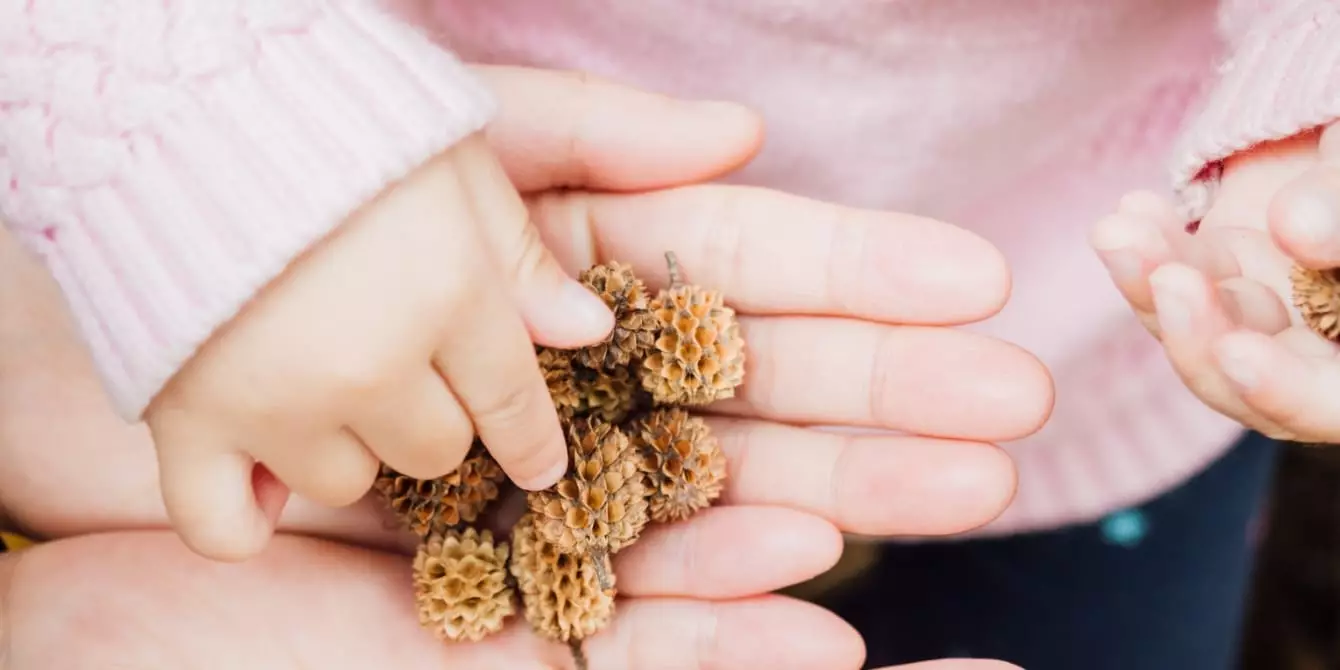Sensory play is a crucial component of early childhood development, providing a rich foundation for toddlers as they learn to navigate the world around them. It engages the five senses—touch, sight, sound, smell, and taste—stimulating brain development and fostering essential fine motor skills. This kind of play encourages children to experiment and interact, paving the way for the exploration of self and the environment. By engaging in sensory activities, toddlers not only have fun but also gain insights into their surroundings, allowing them to develop a deeper understanding of their world.
One of the most effective ways to introduce toddlers to sensory play is through the use of sensory bins. These simple, shallow containers can be filled with various tactile materials, transforming them into a playground of discovery. Items such as dried pasta, rice, or beans can stimulate the senses and provide a unique platform for play. However, taking sensory play a step further by incorporating natural elements can vastly enrich the experience. Imagine a sensory bin brimming with leaves, pebbles, flowers, and sand; these items not only engage young ones through touch but also create visual interest and a connection to nature.
Creating a Natural Sensory Bin
Crafting a natural sensory bin for your toddler can be both an enjoyable and educational experience. There is no need for expensive materials—many items can be sourced from your own backyard or local park. Encourage your child to join you in collecting various natural artifacts, prompting discussions about the textures, shapes, and colors they observe. This collaborative gathering process serves as an interactive way to teach them about the environment, enhancing their observational skills and vocabulary. Once you have gathered an array of items, arrange them thoughtfully in the sensory bin, ensuring enough space for your toddler to freely explore.
Upon setting up the sensory bin, it’s time to encourage play. Supervision is essential during this process—not just for safety but also to foster interaction through questioning and dialogue. Engaging with your child as they explore allows for spontaneous lessons in language, sensory recognition, and even sharing as they invite friends to join in the fun. Ask open-ended questions to stimulate curiosity and encourage them to express their thoughts and feelings about what they’re experiencing, enhancing their cognitive development.
The benefits of sensory play extend beyond immediate enjoyment. These rich experiences contribute to the formation of new neural connections, promoting brain growth and cognitive development. As toddlers engage in sensory experiences, they learn critical life skills such as problem-solving, decision-making, and independence. This form of play not only helps children channel their innate curiosity but also prepares them for future learning environments by building foundational skills that will serve them throughout their lives.
Sensory bins are a fun and effective way to introduce toddlers to the wonders of the world around them. By tapping into their senses, encouraging exploration, and integrating natural elements, parents can facilitate valuable learning opportunities that promote growth in myriad ways.

